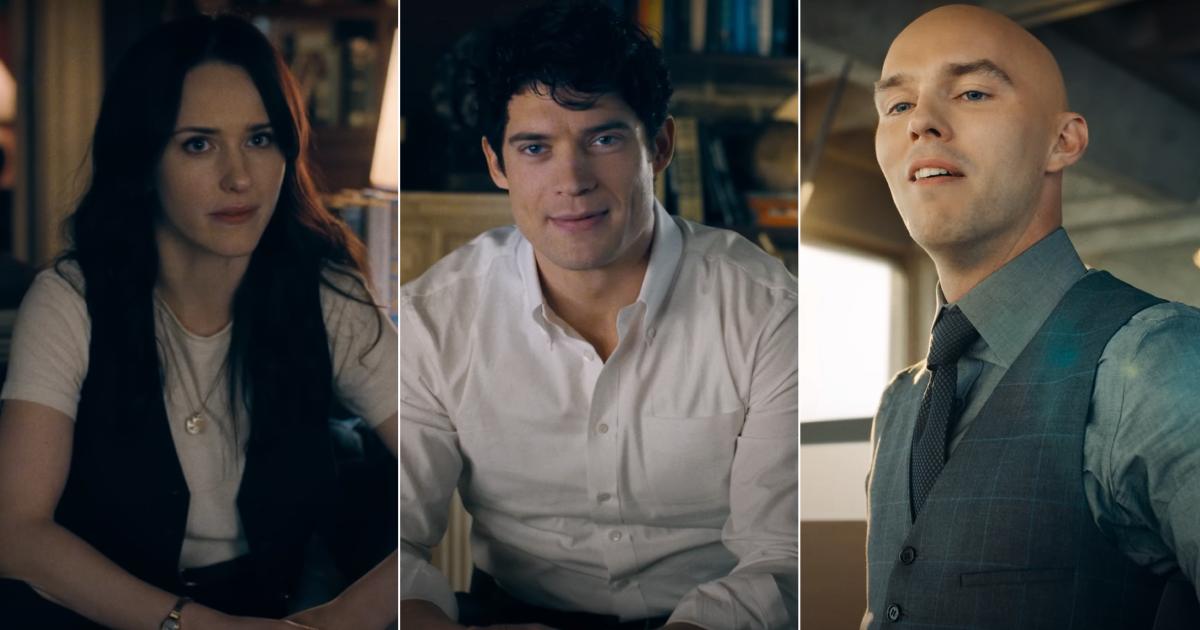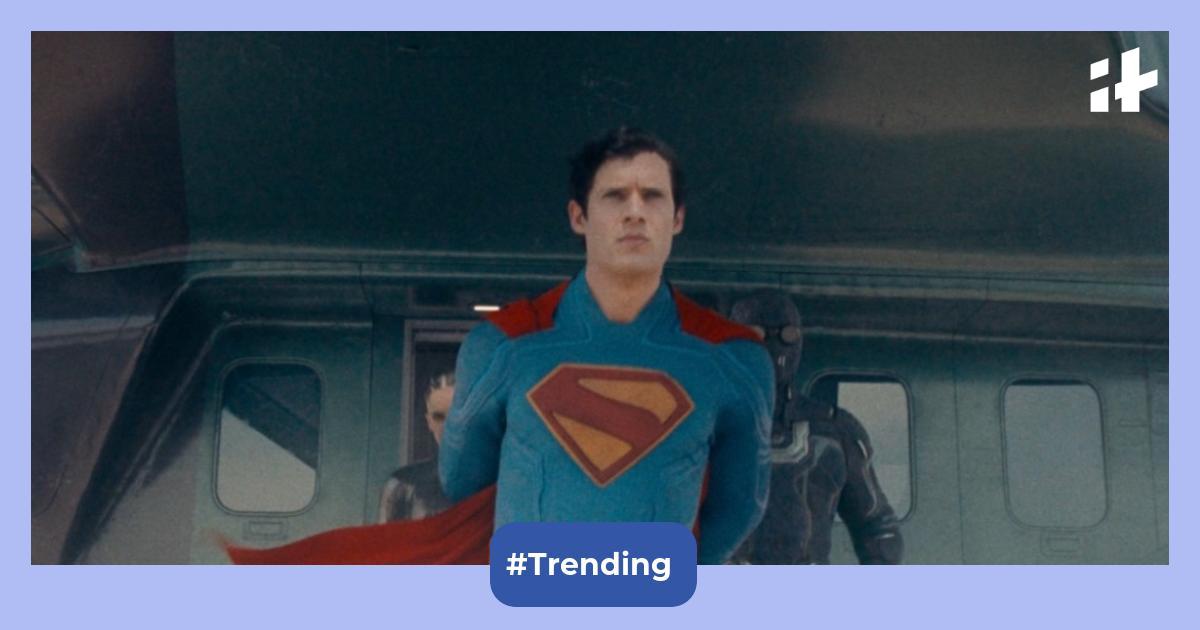Warning! This post contains SPOILERS for James Gunn's Superman
The Man of Steel has had quite a few theatrical outings; the latest of which, James Gunn's , has just hit theaters. His take on the iconic DC character stars David Corenswet, Rachel Brosnahan, Nicholas Hoult, Edi Gathegi, Nathan Fillion, Isabela Merced, Anthony Carrigan, Sara Sampaio, and Skyler Gisondo.
It follows a young Superman/Clark Kent (Corenswet) in the aftermath of his first major loss as his relationship with Lois Lane (Brosnahan) heats up and business tycoon Lex Luthor (Hoult) attempts to take him down. With such an enduring legacy, all eyes were on Superman to see how it measured up to the iconic hero's previous film outings.
Though he has had numerous notable animated portrayals, such as those of Tim Daly and George Newbern, Superman's live-action adaptations are a big reason why he remains a household name over 80 years into his existence.
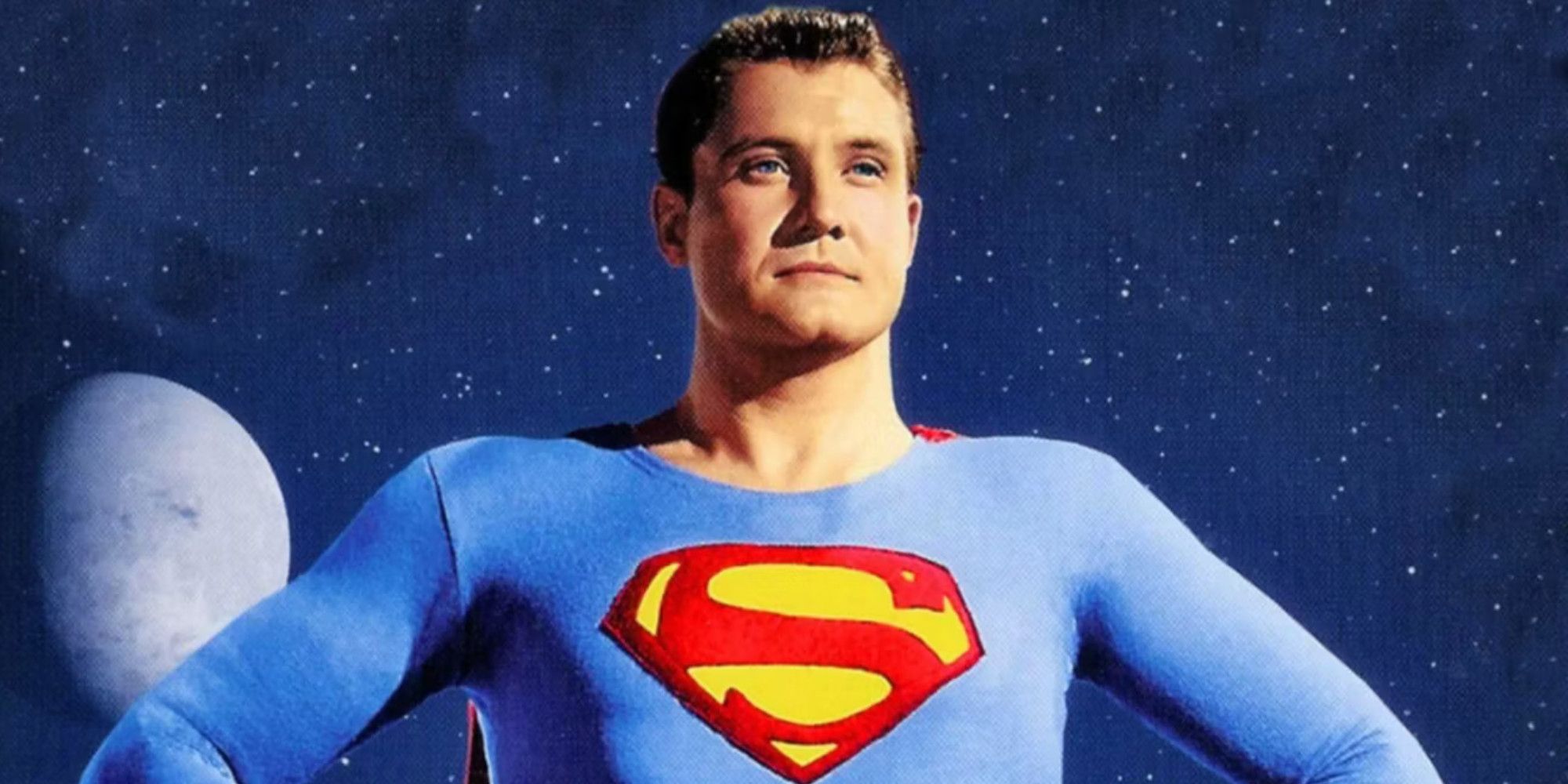
Serving as a pilot of sorts for the television series Adventures of Superman, Superman and the Mole Men is the first film to feature George Reeves as the hero, a role he played from 1951 to 1958. He took over from Kirk Alyn, who was the first actor to play Superman in live-action.
The film follows Clark and Lois (Phyllis Coates) as they travel to report on the world's deepest oil well. However, things take a turn when the well disturbs the habitat of underground creatures, who then sneak out into the real world. It is then up to Superman to set it right and protect them from angry townspeople.
Superman and the Mole Men is very much of its time. The special effects makeup looks silly, and the acting style is very 1950s with transatlantic accents galore. Flashier movies have come out since then, but it was a great start to DC's film legacy.
Most of Lois and Clark's modern characteristics had not yet taken shape, so it's a different take on them but not a bad one. Modern fans may not click with the film the same way that audiences did in 1951, but it is worthwhile for any Superman enthusiast or cinephile to give it a chance.
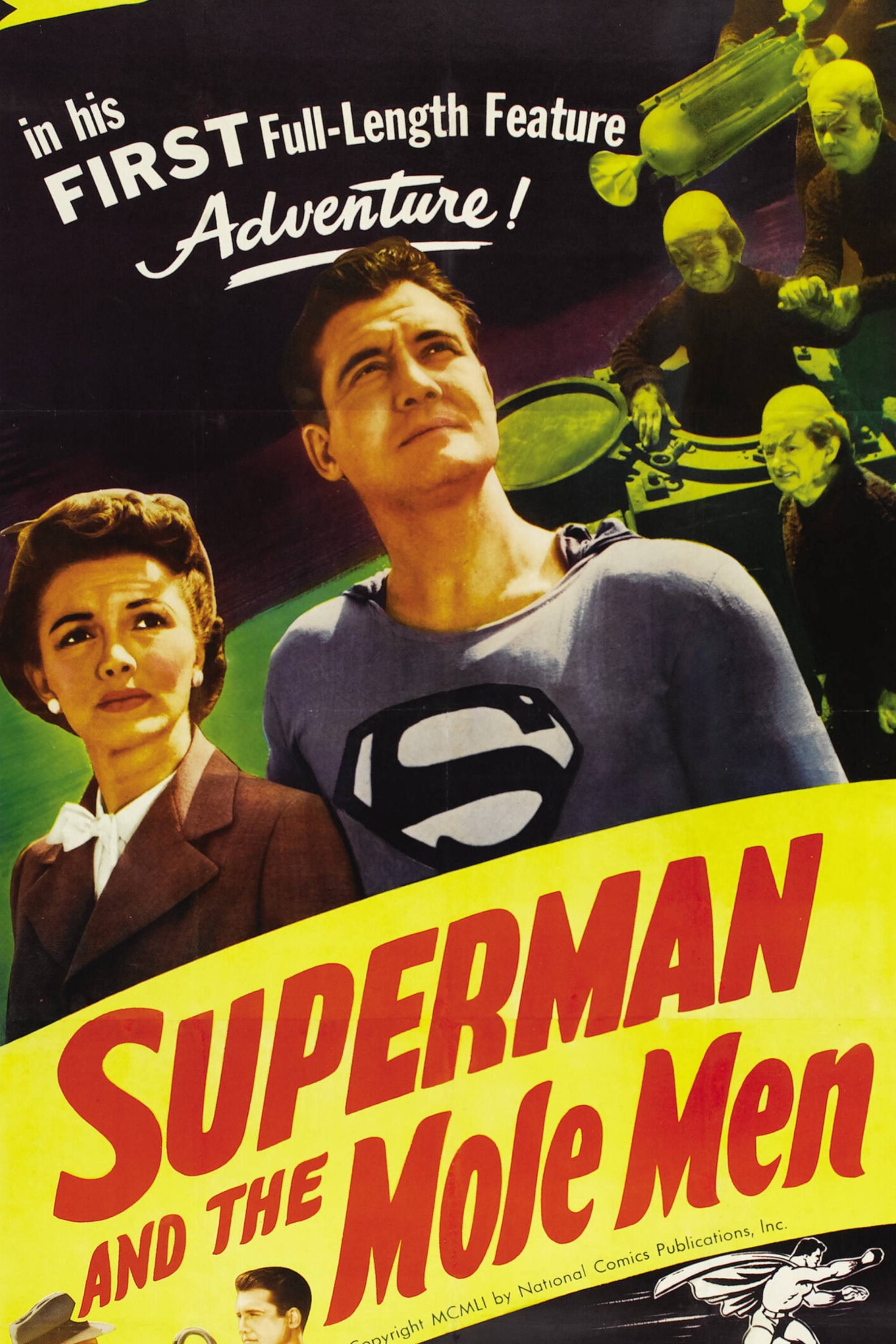
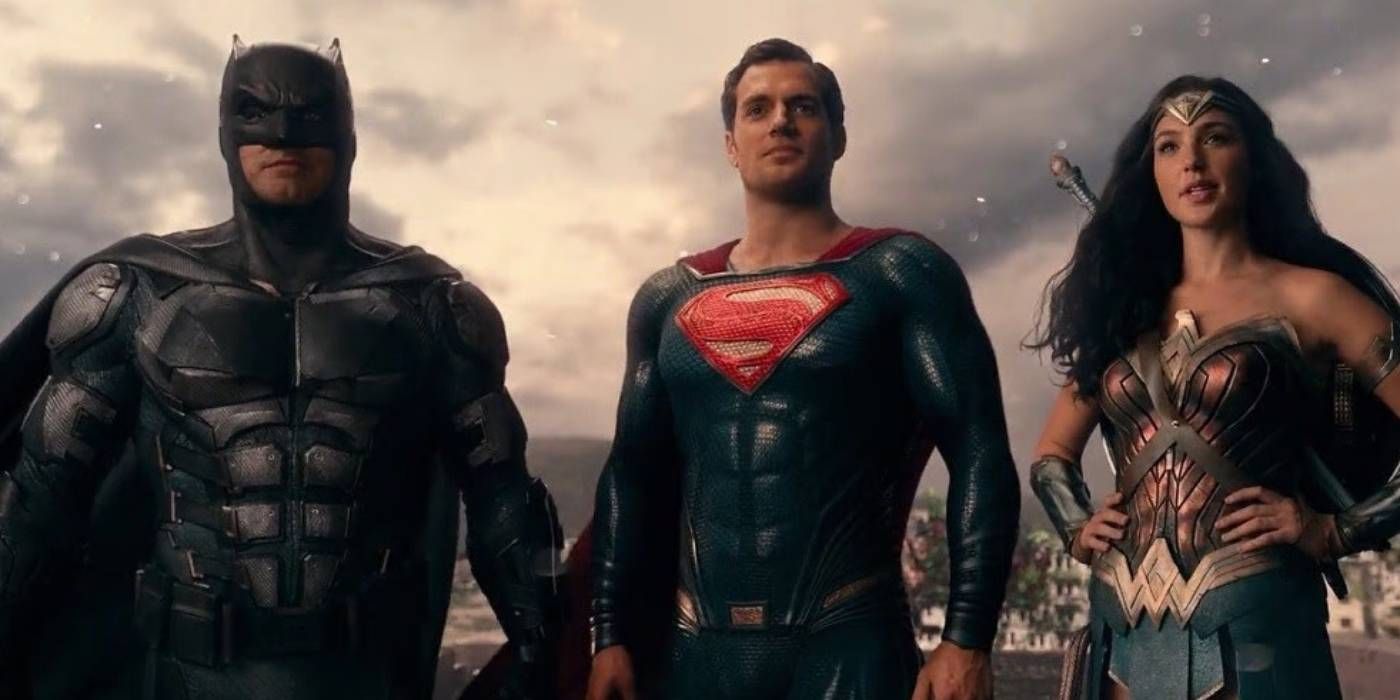
The theatrical version of Justice League suffered an infamously troubled production process. DCEU architect Zack Snyder, who had previously directed Man of Steel and Batman v. Superman: Dawn of Justice, had to exit the project due to tragic personal circumstances. Warner Brothers then tagged in The Avengers director Joss Whedon in the hopes that he could recreate his MCU success.
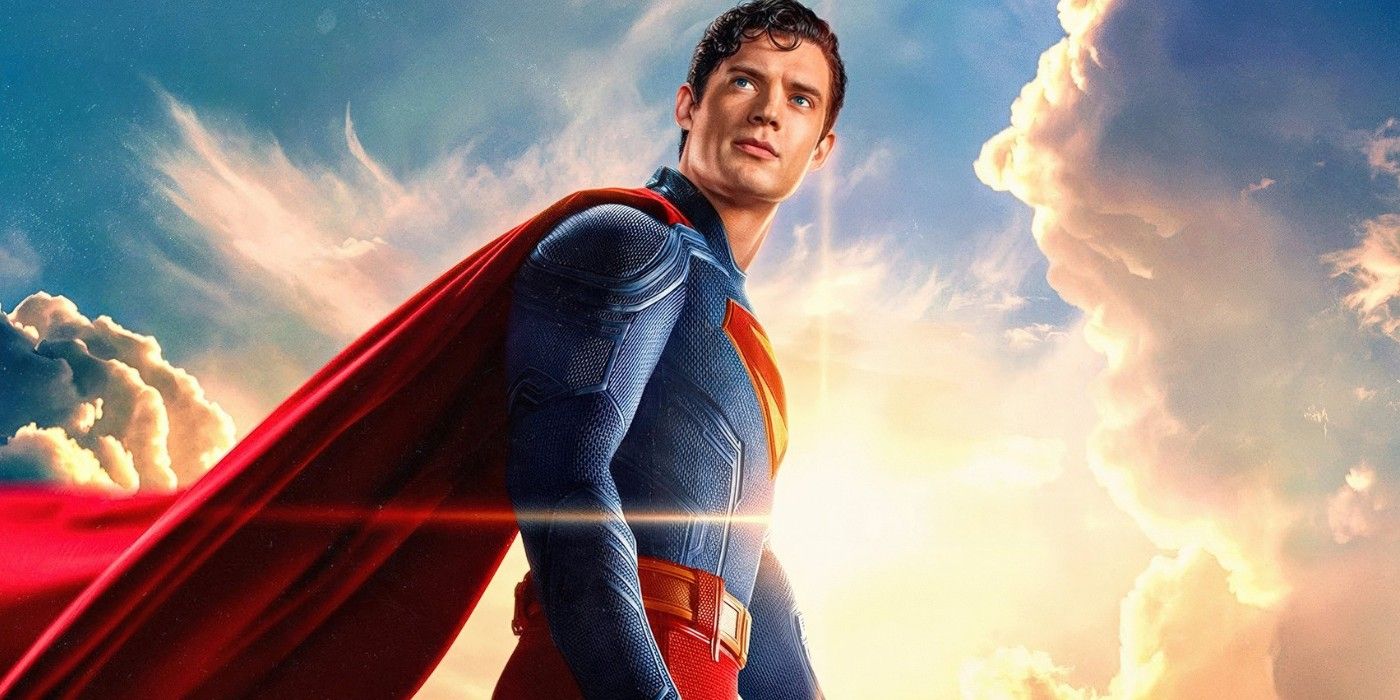
Related
James Gunn’s Justice League Reboot & Superman Spinoff Plans Outlined In New DC Universe Report
A new DC Universe report addresses the franchise's Justice League plans and a number of Superman spinoff projects potentially being in the works.
The result was a messy film that appeased neither those who enjoyed Snyder's Injustice-inspired vision nor those who wanted a more lighthearted approach. The film became known as such an enormous failure, and Warner Bros. shifted directions for the DCEU thereafter.
That is, until a fan campaign led the studio to invite Snyder back to follow up on his vision years later. Nonetheless,
This take on the hero just didn't work, be it because of the shift in tones, Cavill's performance, or a mustache that was removed in post-production.
Despite Snyder's version of the film setting the Man of Steel up to recreate the "Death of Superman" storyline from the comics, Whedon's saw a very different Superman emerge from his coma. This take on the hero just didn't work, be it because of the shift in tones, Cavill's performance, or a mustache that was removed in post-production.
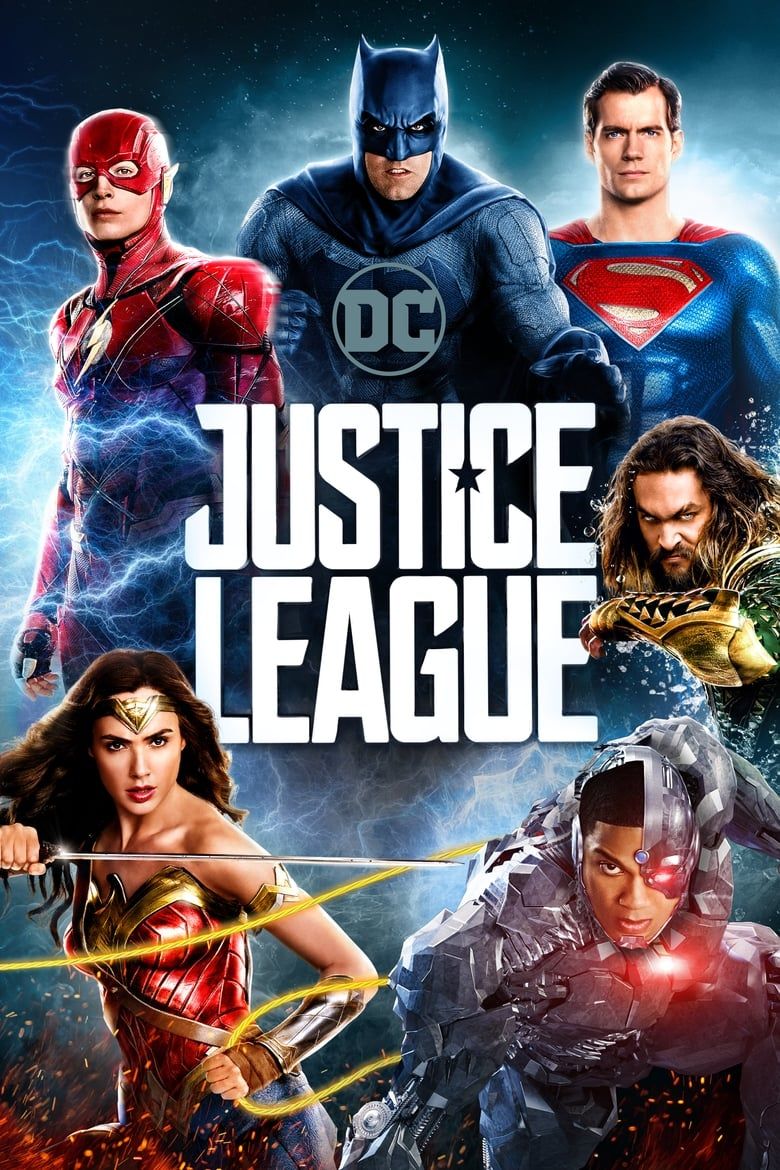
While Christopher Reeve is perhaps the most beloved actor to portray Superman, his film series unfortunately took a turn for the worst following Superman II.
Firstly, Gene Hackman's Lex is replaced as the primary villain by Robert Vaughn as Ross Webster, another wealthy industrialist whose schemes are foiled by Superman. Secondly, Margot Kidder's Lois has next to no screen time as her character is sent off on vacation and replaced by Annette O'Toole's Lana Lang as Clark's love interest.
Moments that should matter, such as the reveal that Superman's adoptive mother died, are handwaved away.Pryor is an entertaining comedian, but his role in Superman III does him and the film a disservice.
Still, the movie has some interesting character work, with synthetic kryptonite causing Superman to act out of character. However, the script itself doesn't measure up to the potential of that concept. Perhaps the most substantial impact of Superman III on DC's legacy is the introduction of O'Toole to Superman media, as she later went on to play Martha Kent in Smallville.
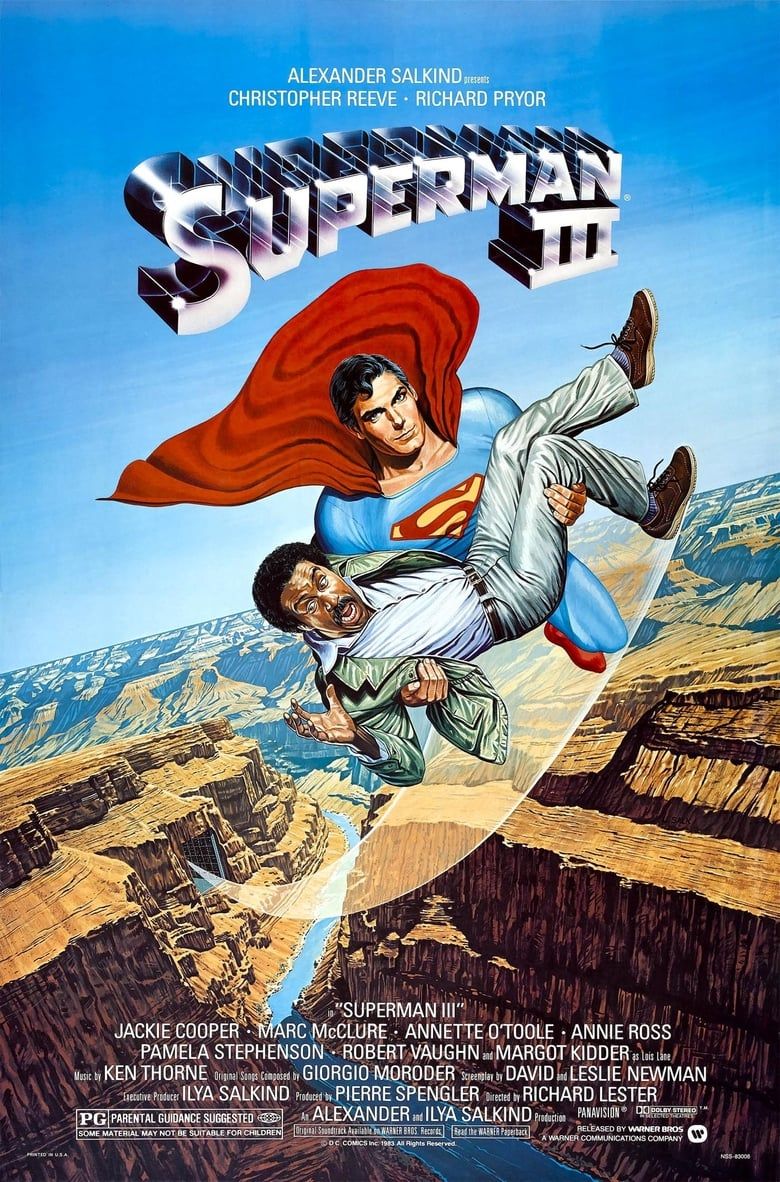
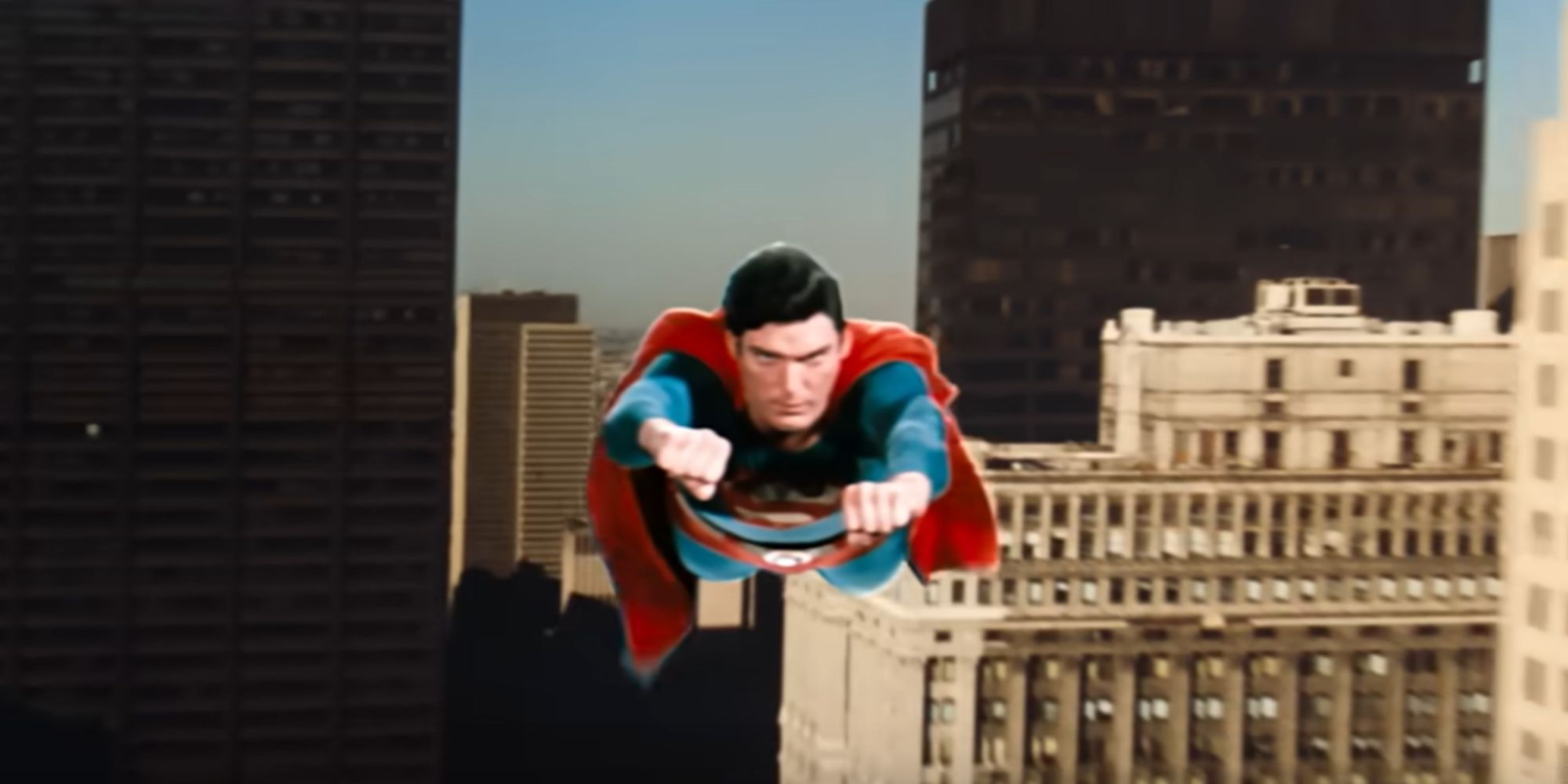
UndoubtedlyBeyond that, the script is a mess, and the secondary antagonist, Nuclear Man, is weak when compared to the likes of General Zod. Nonetheless, Reeve's final Superman film plays with some interesting themes.
Kent Farm is facing foreclosure. The Daily Planet is being bought out. It's almost as if the film is grappling with the then-decreasing relevance of Superman as a media property. Moreover, the idea of the hero promoting nuclear disarmament had potential. Themes aside, both Hackman and Kidder returned in more prominent roles.
3:08
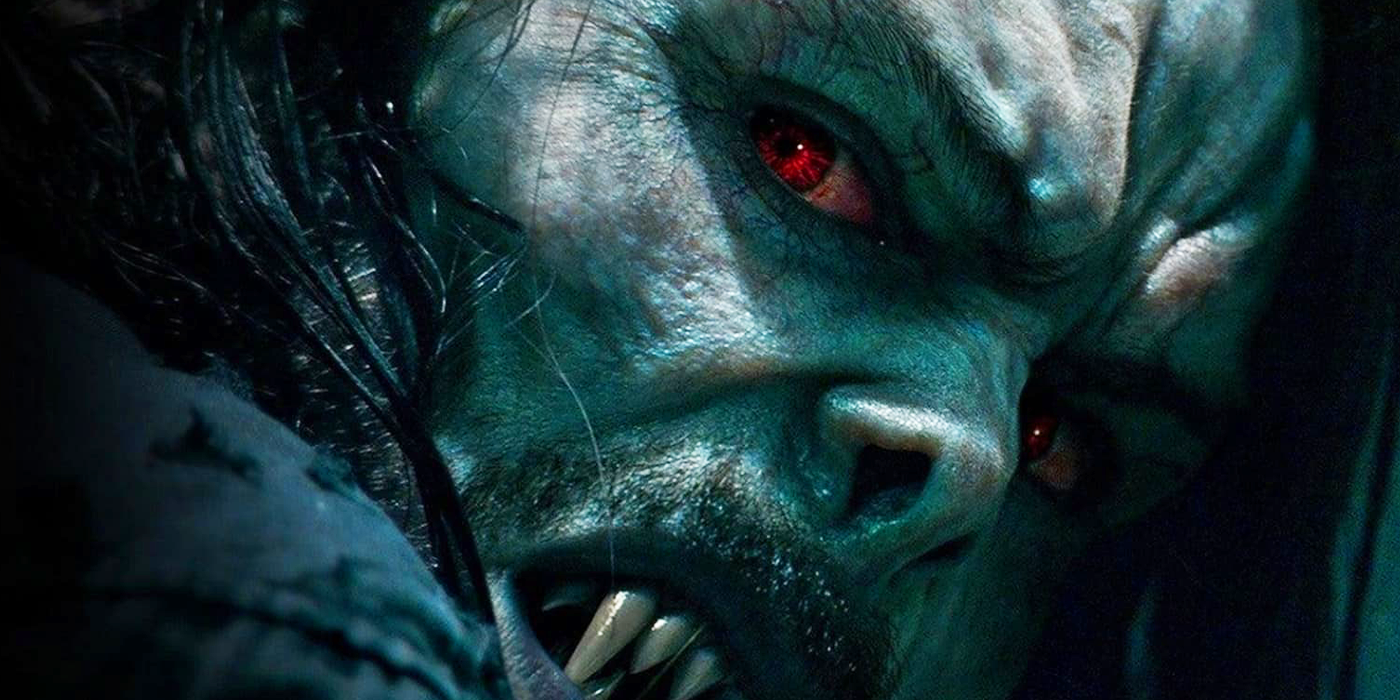
Related
5 Worst Superhero Movies of All Time
There have been dozens of superhero movies come out over the years, but some are considered far worse than others.
Unfortunately, that is where the positive aspects of the film stop. As mentioned, it is awful to look at, with the same footage of Reeve flying being used over and over again. Jon Cryer is introduced as Lenny Luthor, Lex's deeply unentertaining nephew.
The most interesting parts of this film lie in the what-ifs. There's a deleted chunk of the movie where Lex's attempt to create Nuclear Man creates a Bizarro-like prototype. The film teases the possibility of Lois regaining her memories from Superman II, only to backtrack. If explored better, Superman attempting to end nuclear warfare has potential as well.
Sadly, all of these possibilities are wrapped up in a poorly-produced package that squanders a great cast.
Few superhero movies are more divisive than Batman v. Superman: Dawn of Justice. Directed by Snyder, it features the debut of Ben Affleck as Batman and pits him against Cavill's Superman. Anticipation for the film was off the charts, as
Unfortunately, Snyder packed a lot of disparate references into a singular film with the "Death of Superman," Injustice, and The Dark Knight Returns all being primary inspirations. As a result, those who preferred interpretations of Superman who are more brooding clicked with the film, while others didn't.
Of note, Most of the screentime was dedicated to Batman and his distrust of Superman, making it a less impactful outing for the Man of Steel. This creates an interesting dilemma in that the villain of the film is Superman's nemesis, Lex.
Jesse Eisenberg took a Mark Zuckerberg-inspired approach to the character, to varying results. His initial plan was to spur on a fight between Batman and Superman, and when that fails, he genetically engineers Doomsday using General Zod's DNA. In theory, this plan works, but the character work surrounding it fails.
This Batman is very different; he has lost Dick Grayson, so he both kills and brands criminals. This Superman is more stoic and burdened by the drive to save people who in part reject him.
Combine that with a plethora of plot contrivances, and Batman v. Superman proves an experience that is not for everyone but certainly has a niche.
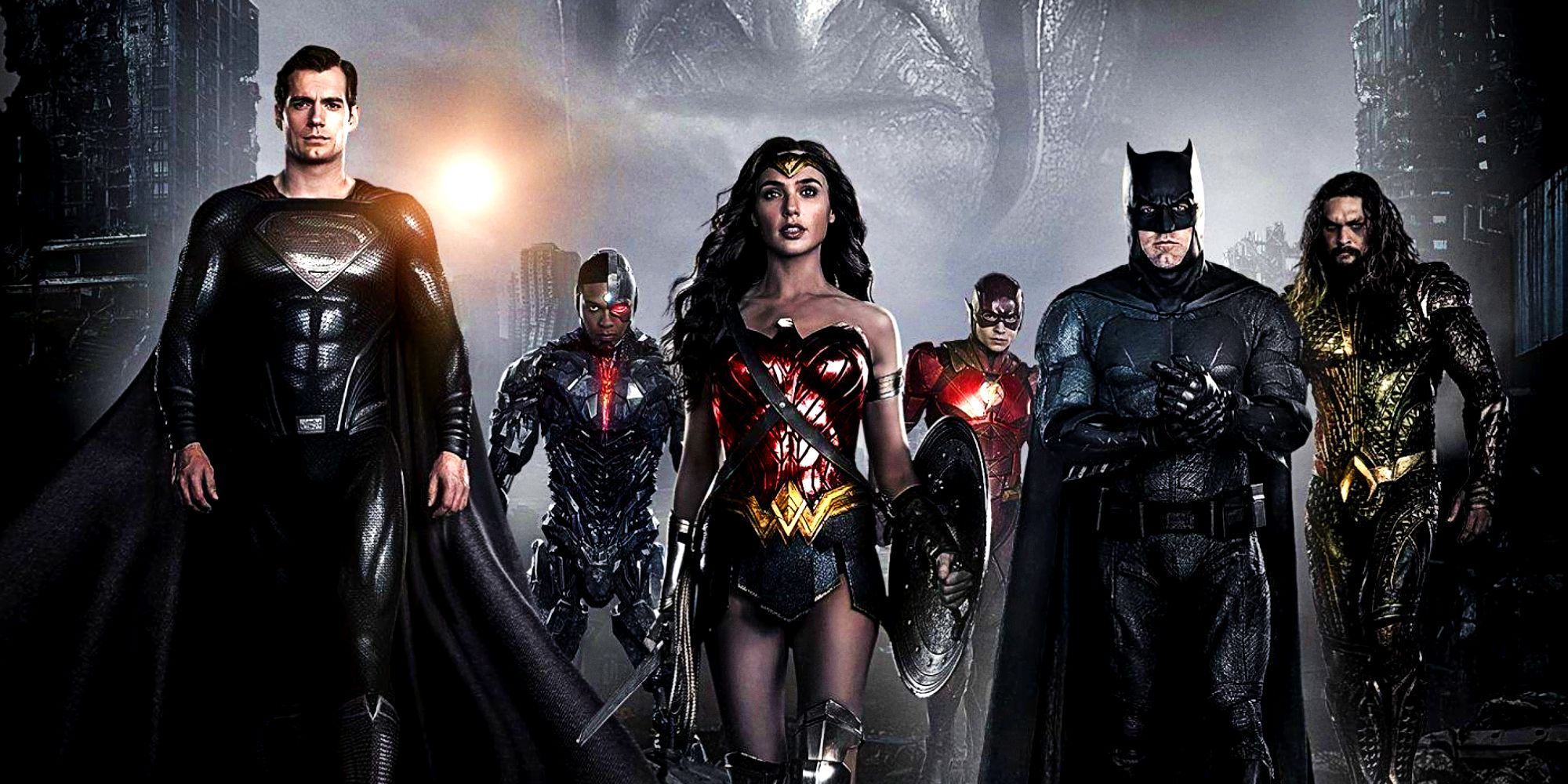
As mentioned before, the failure of Justice League paved the way for Warner Brothers to bring back Snyder to complete his original vision. His style is not for everyone, with muted color palettes, slow motion, and excessive use of visual effects. However,
Though it is perhaps a bit too long at 4 hours, the film presents itself as an epic setting up a future conflict between the League and Darkseid. This, of course, never came to fruition, but it made for an entertaining ride along the way.
Compared with both the theatrical Justice League and Batman v. Superman: Dawn of Justice, more impactful moments are given to the ensemble cast. In particular,
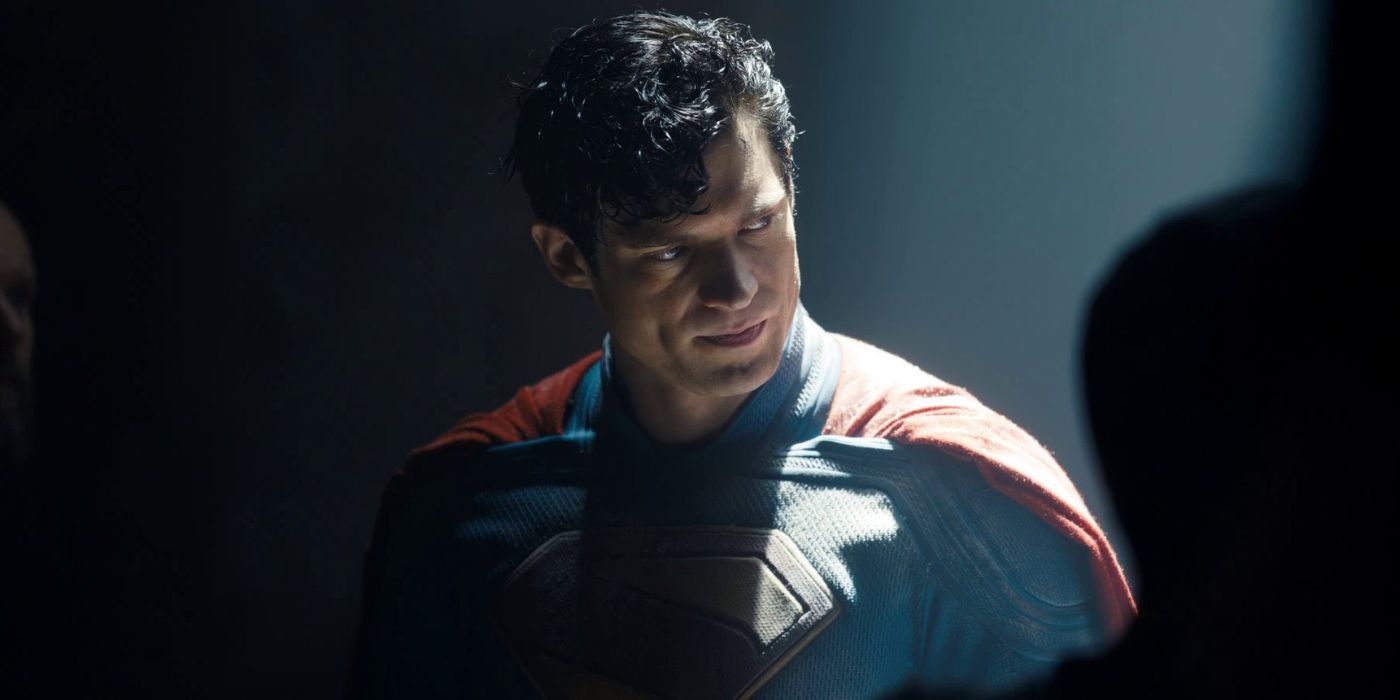
Related
New Superman Actor David Corenswet Defends Zack Snyder & Henry Cavill's Darker Man Of Steel
As David Corenswet gets ready to take on Superman, the DC Universe star defends the previous dark version from Zack Snyder and Henry Cavill.
As for Superman himself, whether this resurrected Man of Steel works for you largely depends on how you felt about his previous appearances. Nonetheless, his character feels much more organic in the world that Snyder built than in Whedon's version. Plus,
Like many Superman adaptations, Superman Returns had a lot of interesting ideas that didn't translate well to screen. The film acts as a sequel to the first two Reeve-era films, conveniently ditching Superman III and Superman IV: Quest For Peace from the canon. Filling the title role was newcomer Brandon Routh, who—aside from his brown eyes—looks a lot like Reeve.
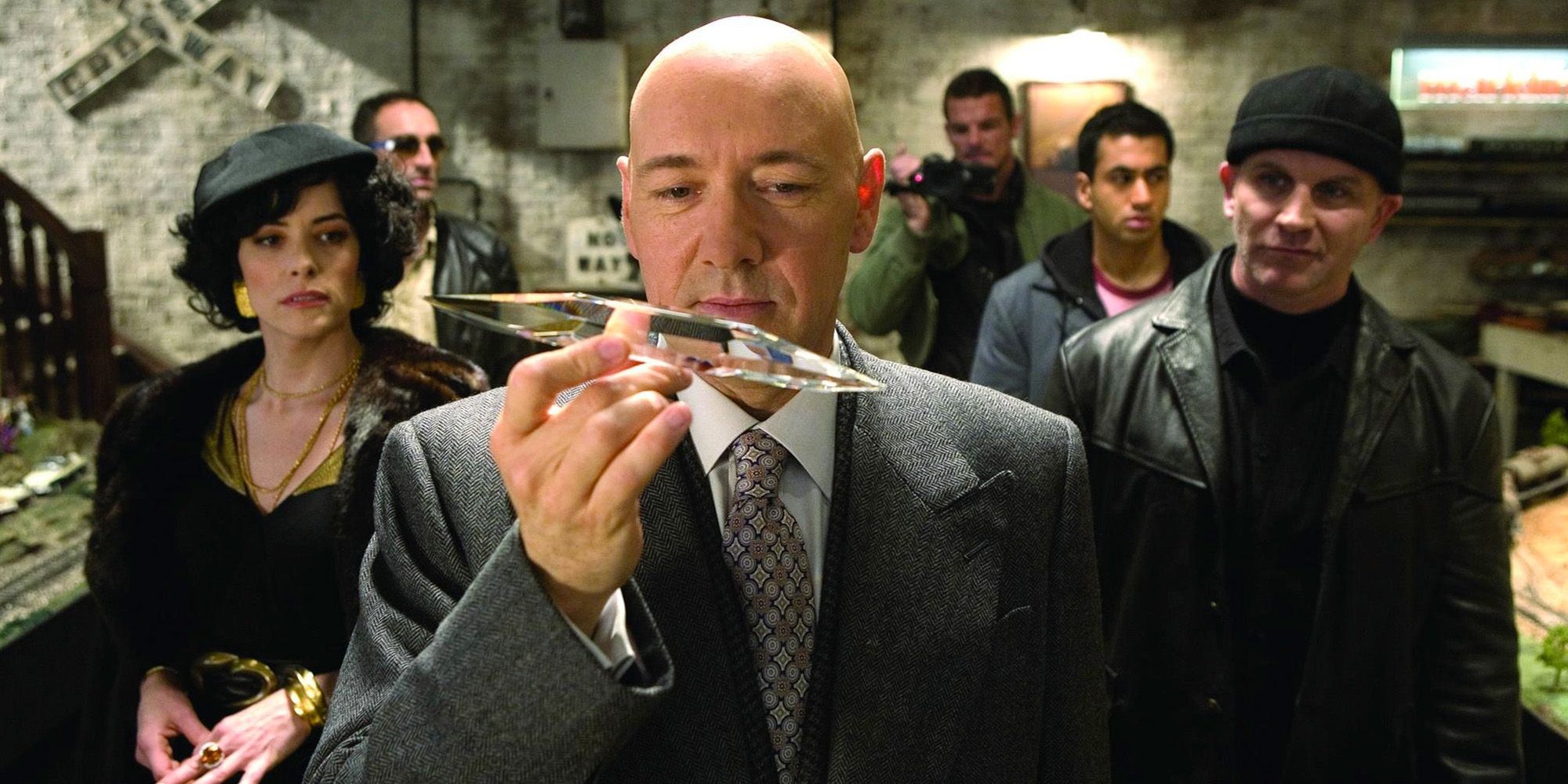
Related
Superman Returns' Entire Lex Luthor Conflict Is A Plot Hole Say DC Fans
Superman Returns saw the Man of Steel face down another diabolical Lex Luthor scheme, but DC fans have since pointed out one fundamental flaw.
Superman Returns sees Clark return after an extended absence from Earth, during which time Lois had a son and developed a relationship with another man. In a baffling casting choice, 23-year-old Kate Bosworth was chosen to play an older version of Kidder's Lois. Given the importance of the character and shared continuity with the older films, this presented a significant problem.
Unfortunately, the same can be said of Kevin Spacey as Lex. He simultaneously balances playing a campy, real estate-obsessed Lex with a more sinister version. While this could have made a compelling villain, the ultimate result is instead uneven.
Superman Returns' fatal mistake was trying to modernize the hero whilst clinging to the past.
The highlight of Superman Returns is Routh himself.His Superman was not quite as charismatic as Reeve's but still a decent leading man. Despite good casting for Clark, Superman Returns' fatal mistake was trying to modernize the hero whilst clinging to the past.
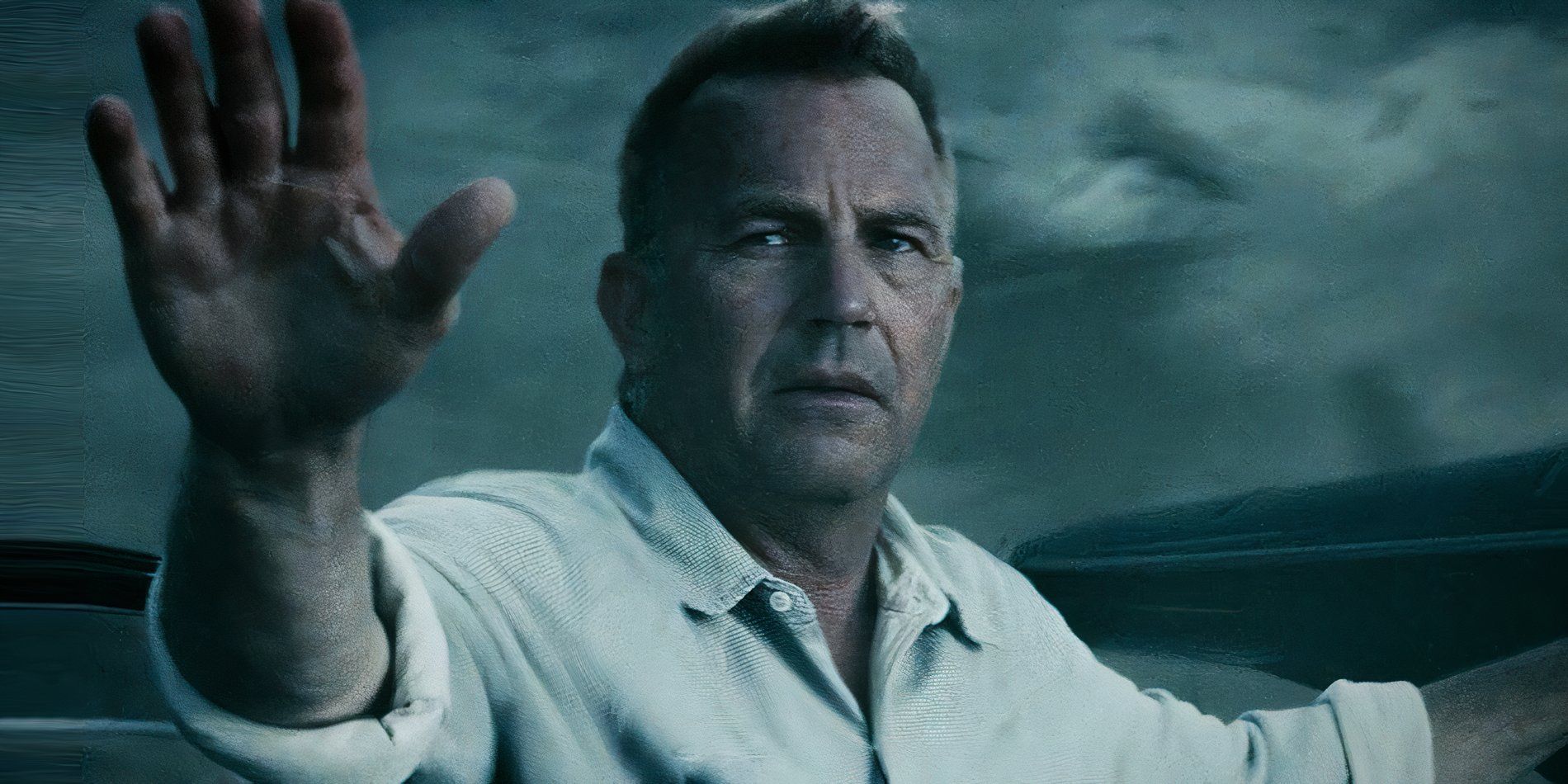
Whether or not one prefers Man of Steel or Superman Returns is up to preference. The latter performed better with critics, while the former developed a cult following. Man of Steel did succeed in one area that Superman Returns didn't: it introduced a radically different version of the Superman character.
This version of the Superman origin story completely recontextualizes Krypton, Kal-El's birth, and his relationship with his adoptive parents. For example, This fundamentally alters both Superman and the film's villain, General Zod, who is its best element.
Where the film falls flat for many Superman fans is its presentation of the hero's morals. There is no denying that Cavill's Superman values saving people; however, the amount of destruction he causes both directly and indirectly flies in the face of the reverence he has for life.
Moreover, he made the controversial choice to kill Zod instead of sending him to the Phantom Zone. The most likely reason that this Zod death sticks with fans is how brutal it was.
Aside from Zod's death, the most contentious part of Man of Steel is Jonathan Kent. This iteration of the patriarch is protective to the point of paranoia, even telling Clark not to save him from a tornado because people were around.
Changing this loss takes away a crucial lesson for Superman that even he cannot save everyone because yes, he could have saved Jonathan. Man of Steel functions best as an alternate take of the Superman story in which he becomes the reluctant hero out of necessity rather than out of a genuine drive to save others.
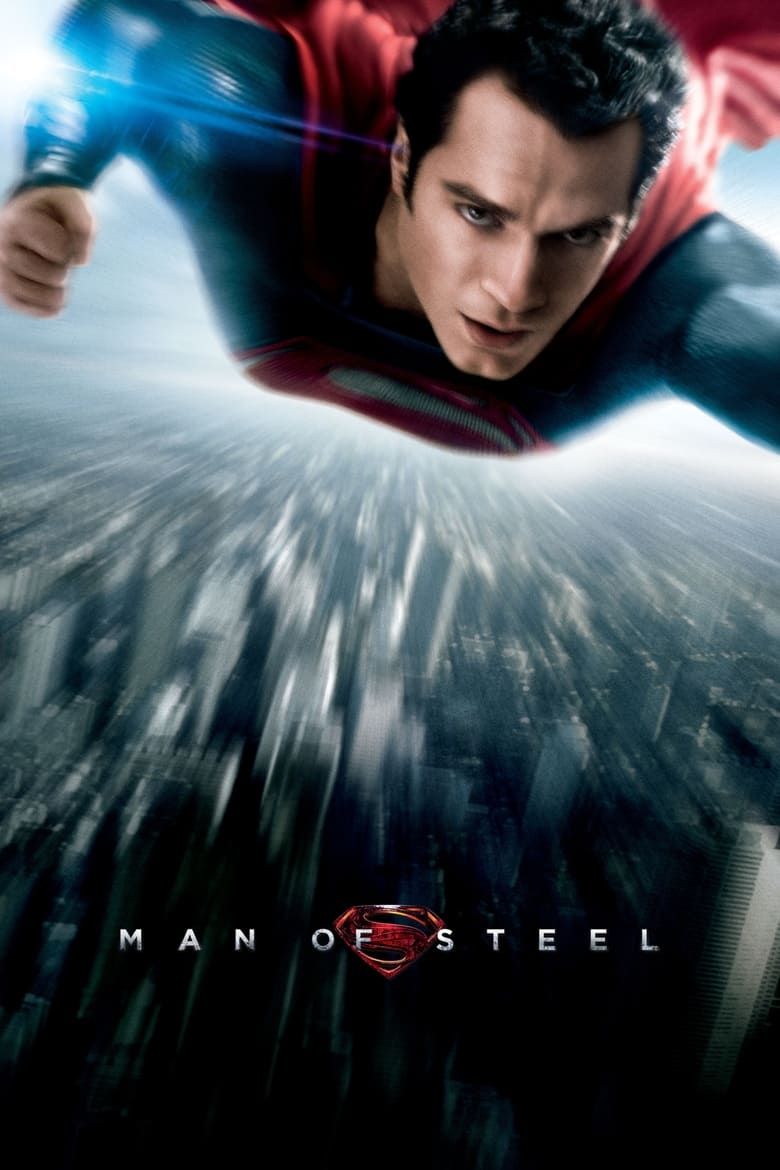
Released On June 19, 1981
Superman II is an interesting movie in that it is actually two. Like with Justice League, this movie changed directors during production, with Richard Lester taking over from Richard Donner, who directed the first film. As a result,
Elements of both cuts are great. For example, the Lester version has a better payoff with the iconic diner scene, which, in Donner's version, no longer makes sense due to the time travel resolution. Meanwhile, the Donner Cut has an amazing sequence where Lois shoots a blank at Clark to force him to reveal his dual identity.
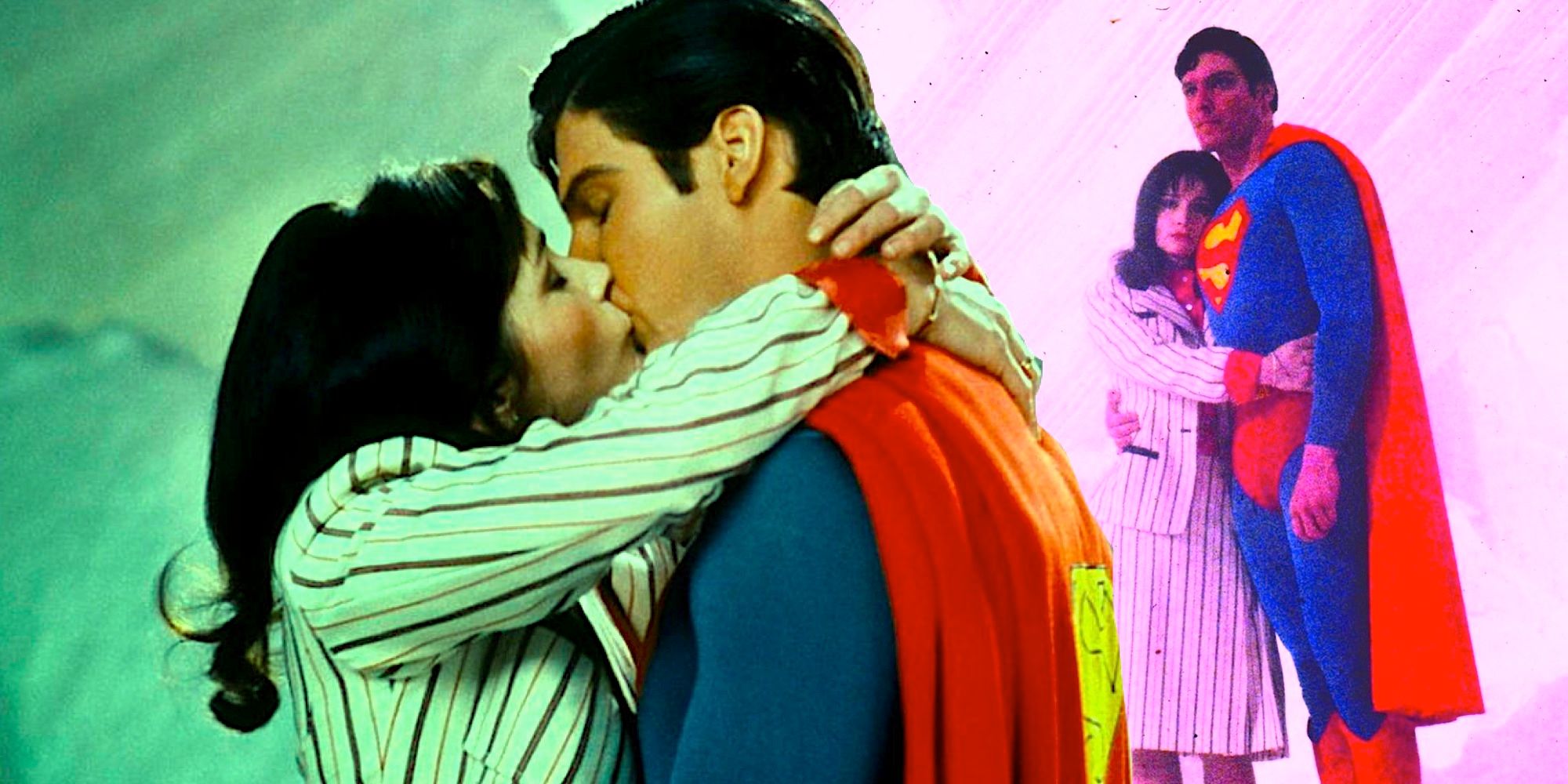
Related
Why Superman II's Theatrical Version Is Better Than The Donner Cut
Superman II: The Richard Donner Cut is regarded by many fans as the superior version, but here's why the theatrical cut of the sequel holds up better.
In both versions, Terrence Stamp's Zod toes the line between campy and imposing, being a very different threat from Hackman's Lex. For his part, Lex is entertaining in his blatant self-preservation The biggest shift between the two comes down to tone, with Lester opting for more comedy.
Neither film provides a satisfactory ending. Superman rewinding time was originally meant to be the ending of this film and not the first, yes, but undoing everything that happened didn't quite work. That means Zod could still return, Lex will likely still escape prison, and Lois never learned Clark's secret.
However, Lester's ending inexplicably gives Clark the ability to erase Lois' memory with a kiss because he can't stand her being in pain. The ideal Superman II exists somewhere between both cuts, sadly.
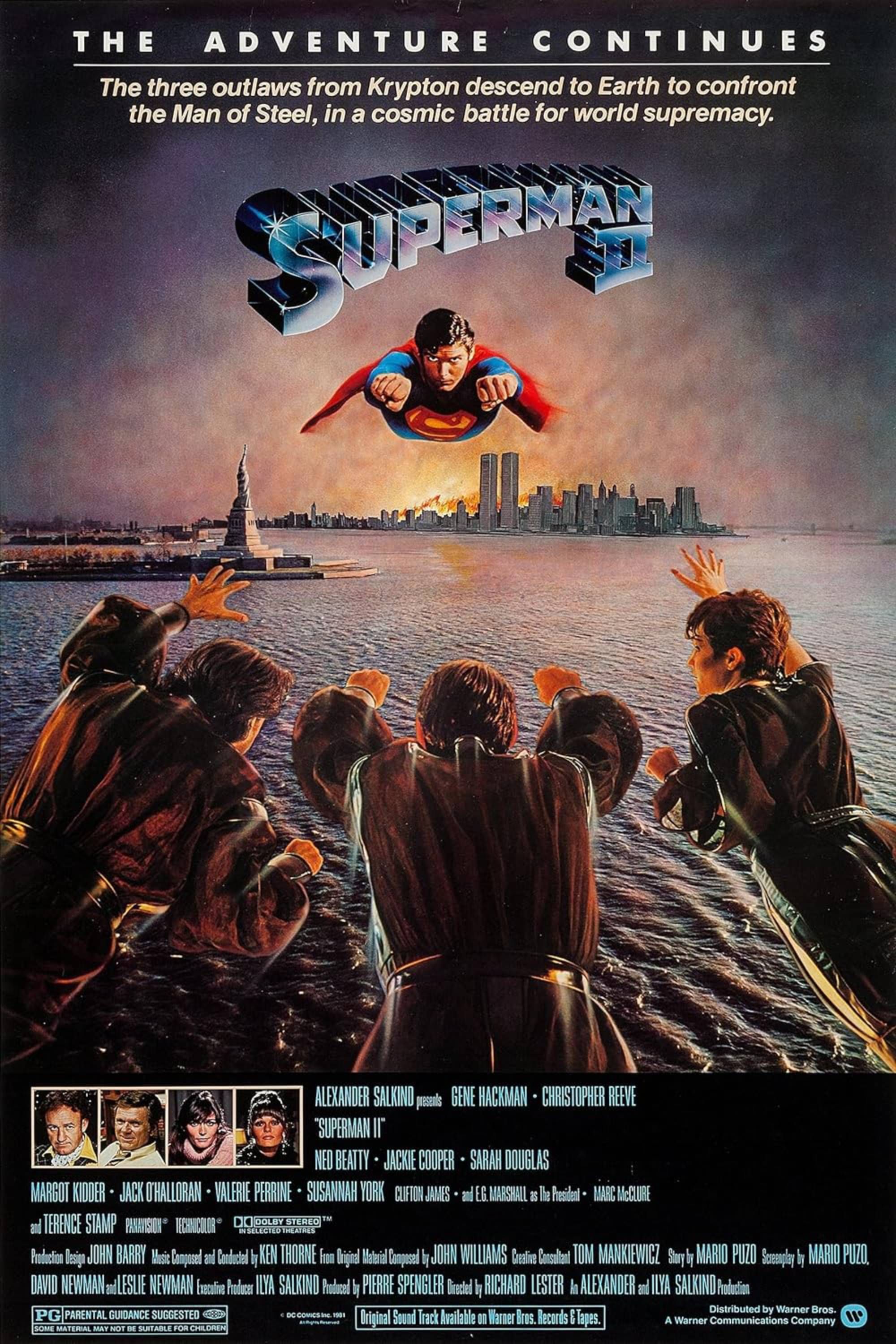
Superman II
- June 19, 1981
- 127 Minutes
Released On December 15, 1978
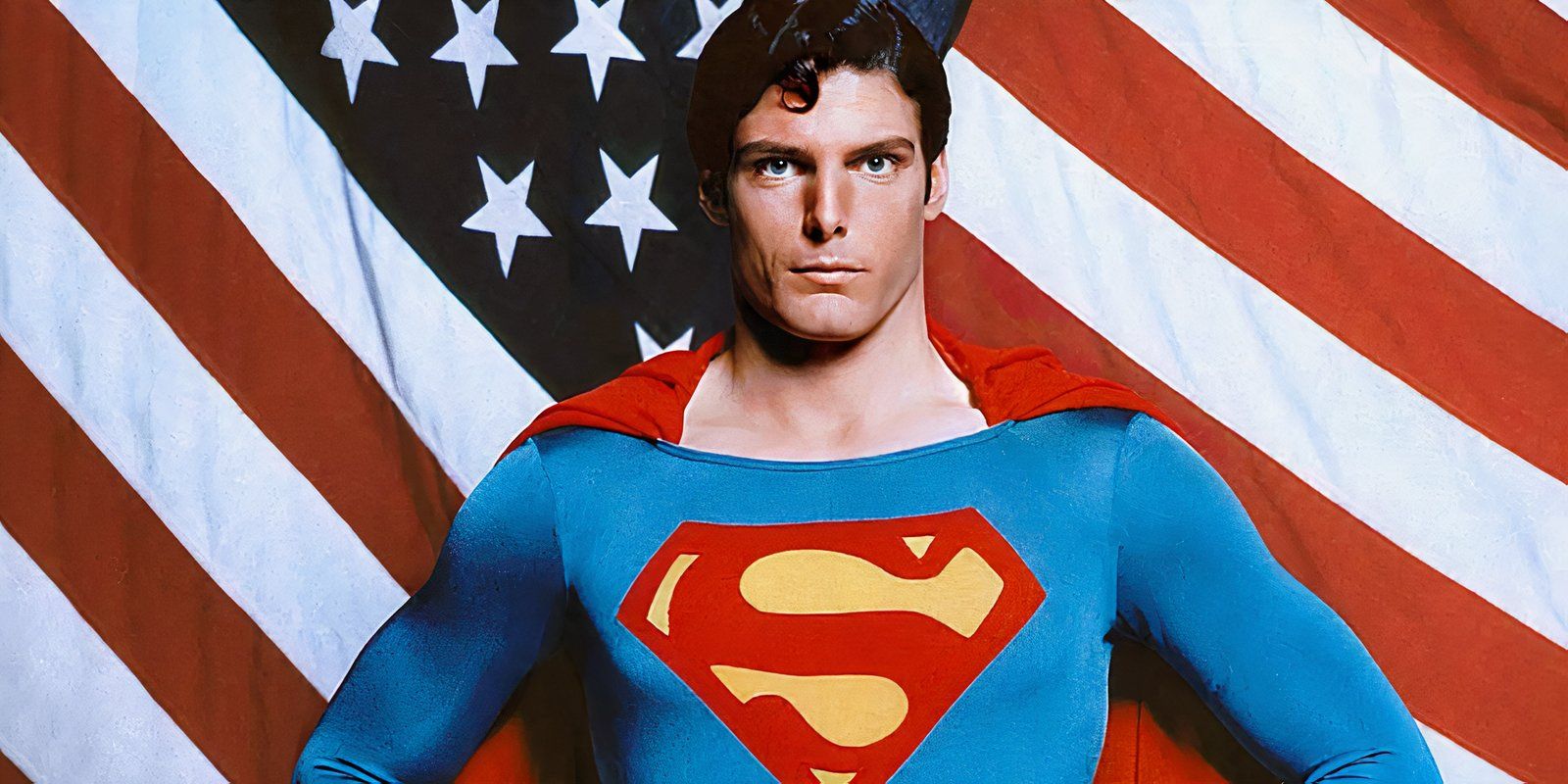
Superman: The Movie is the rare film that absolutely lives up to its reputation. Reeve shines as the hero, portraying both Superman and Clark as wholly separate characters and embuing both with charm. Meanwhile, he meets his match in Kidder as Lois, a fast-talking reporter with gumption. Superman is interesting in that it dips into multiple genres, however.
Instead, we meet Jor-El in a science-fiction setting as he tries General Zod for his crimes, attempts to warn others of Krypton's coming destruction, and sends baby Kal-El to Earth.
Superman never gets into a fight, yet viewers are left with a strong sense of who he is as a hero and what he stands for.
After that, Superman becomes a coming-of-age story with teenage Clark, then a romance once Lois enters the picture, a crime caper with Lex, and so on. Superman never gets into a fight, yet viewers are left with a strong sense of who he is as a hero and what he stands for.
The film does have its weaknesses. Some of the humor has aged poorly, and Ned Beatty's Otis shares some annoying characteristics with the likes of Lenny Luthor. Despite that, Reeve's debut outing earned its place as an icon of cinema, and it remains the blueprint for how to tell a superhero origin story.
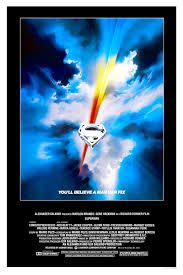
Superman
- December 15, 1978
- 143 Minutes








